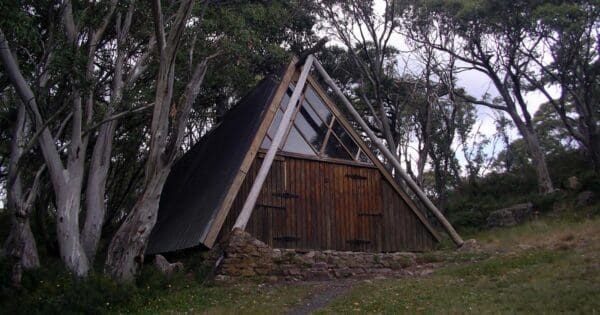How Long Does It Take to Hike from A to B?
Planning a hike involves more than just selecting a scenic route; it requires a keen understanding of the trail length and how long the hike will take. Effective time and distance planning is crucial, especially when hiking with others and navigating varied terrain. So, how do you determine how long it takes to hike from A to B?
The Importance of Time and Distance Planning
Accurate time and distance planning begins with recognizing the different terrains and vegetation types you’ll encounter. Each type of terrain impacts your hiking speed and overall time. Here are some scenarios to consider:
- Well-Formed Trail: Typically easier to navigate, allowing for a faster pace.
- Hills: Ascending can significantly slow your pace, especially if the gradient is steep.
- Boulder Hopping: Increases difficulty and can lead to unexpected delays.
- Scree: Navigating loose rocks requires careful footing and can be time-consuming.
- River Crossings: May necessitate additional caution and time for safe passage.
- High Altitude Trekking: Affects stamina and can slow your group down due to decreased oxygen levels.
- Hiking on Sand or Snow: Both conditions require more effort and can slow progress.
Crafting Your Hike Schedule
To estimate the time needed for your hike, employ Naismith’s Rule. According to this guideline, a fit adult can cover 5 km of flat terrain in one hour, adding an additional hour for every 600 m of elevation gain.
Sunset Considerations: Always plan to finish your hike at least two hours before sunset to ensure you have enough daylight for your return journey.
Route Selection: Opt for gentler slopes during ascents, and avoid overly steep or challenging paths at the outset.
Understanding Your Group’s Dynamics
Assessing your group’s fitness level is essential. Are they energetic and quick, or tired and slow? Generally, hikers will start the day with high energy, slow down around lunchtime, and gradually become fatigued, especially after prolonged climbing.
Estimating Hiking Pace
Here’s a general guide for how fast an average group of six hikers with overnight packs can travel:
- 1 kph: Climbing up a steep, densely scrubbed spur.
- 2 kph: Scrambling over large rocks along a steep creek.
- 3 kph: Walking down a steep incline.
- 4 kph: Maintaining a steady pace along a flat track.
- 5 kph: Putting in extra effort, like trying to catch a train.
- 6 kph: Sustaining a high pace for brief bursts.
Adjust Your Pace Based On:
- Faster If: Your group is fit, carrying light packs, traversing flat ground, and has high energy levels early in the day.
- Slower If: Your group is unfit, carries heavy packs, encounters dense vegetation, tackles steep slopes, and faces low energy levels, especially later in the day.
Calculating Expected Time
To estimate your hiking time, divide the distance by your group’s anticipated pace. For example, a 2 km distance at a 4 km/h pace will take about half an hour.
Scheduling Breaks
While there are no strict rules for taking breaks, regular pauses can significantly enhance your hiking experience. Here’s a recommended break schedule:
- Short Rest Periods: Aim for five-minute breaks every hour, keeping your pack on to prevent muscle cool-down.
- Lunch or Tea Breaks: Limit these to a maximum of 15-20 minutes.
Important: Always avoid eating or drinking while moving. Take the time to relax and enjoy your refreshments.
Embrace the Journey
Remember, most hikes are not races (unless you’re on one of my guided hikes!). If you’re feeling hot, take a moment to cool off. Use this time to appreciate the stunning landscapes and observe the local flora and fauna. Your awareness of nature can deepen your hiking experience and might even prove beneficial in unexpected ways.
Plan for the Slowest Hiker
When planning your hike, consider the pace of the slowest member of your group. Choose a route that accommodates everyone, allowing that person to set the pace. There’s nothing more frustrating—and potentially dangerous—than having a hiker fall behind the group.
Use Technology to Enhance Your Planning
Accurately estimating your hike time is vital for a successful adventure. To simplify this process, I’ve developed an online calculator that provides reliable time estimates tailored to your specific needs. This tool is invaluable for planning hikes and verifying the accuracy of user-generated content from other platforms. Check out my Walking Track Grade & Time Calculator [here].






This was an excellent article. Thanks.
I have to tell my husband that it isn’t a “race” laugh!!